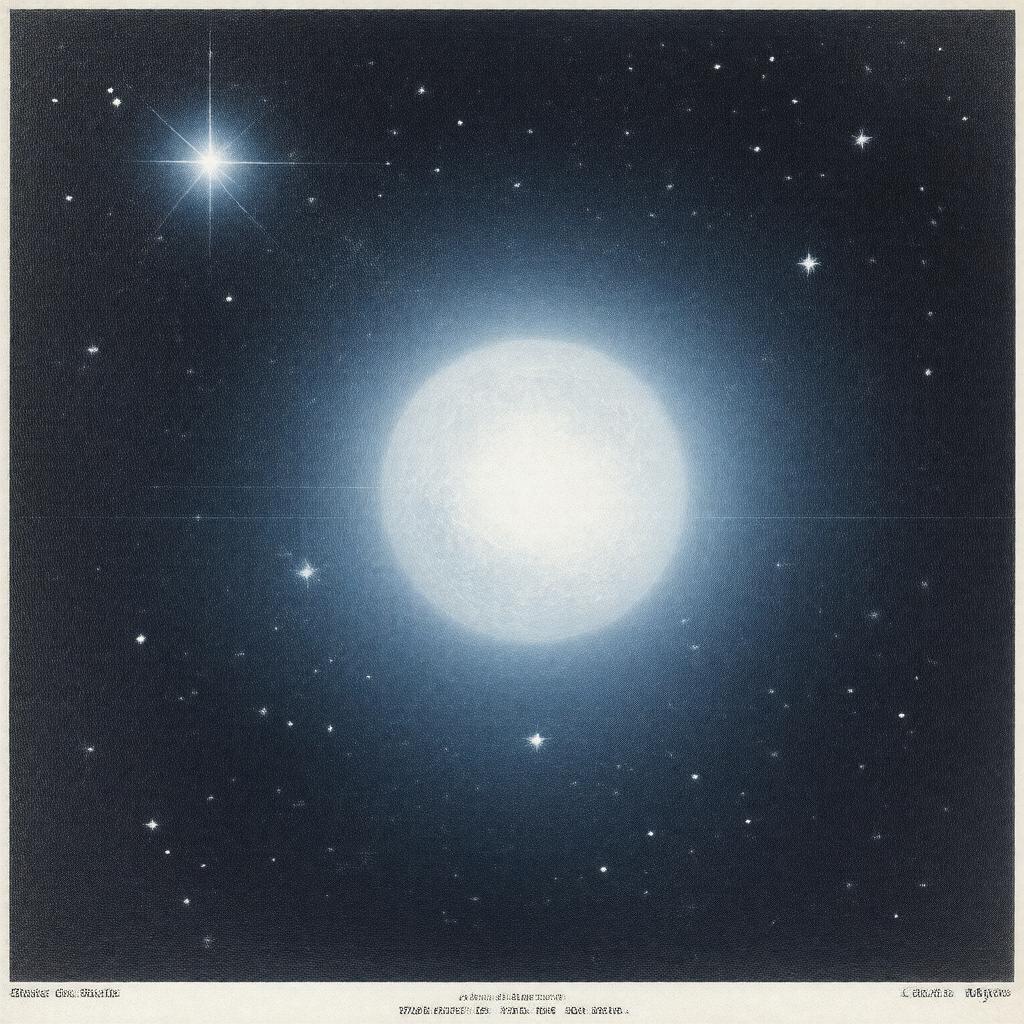Prompt
"Generate an image of Sirius, the brightest star in the night sky, shining brightly in the winter constellation of Canis Major, with a realistic depiction of its white color and luminosity, set against a dark blue night sky with subtle hints of stars and a distant view of the Milky Way, in a style reminiscent of astronomical illustrations."

